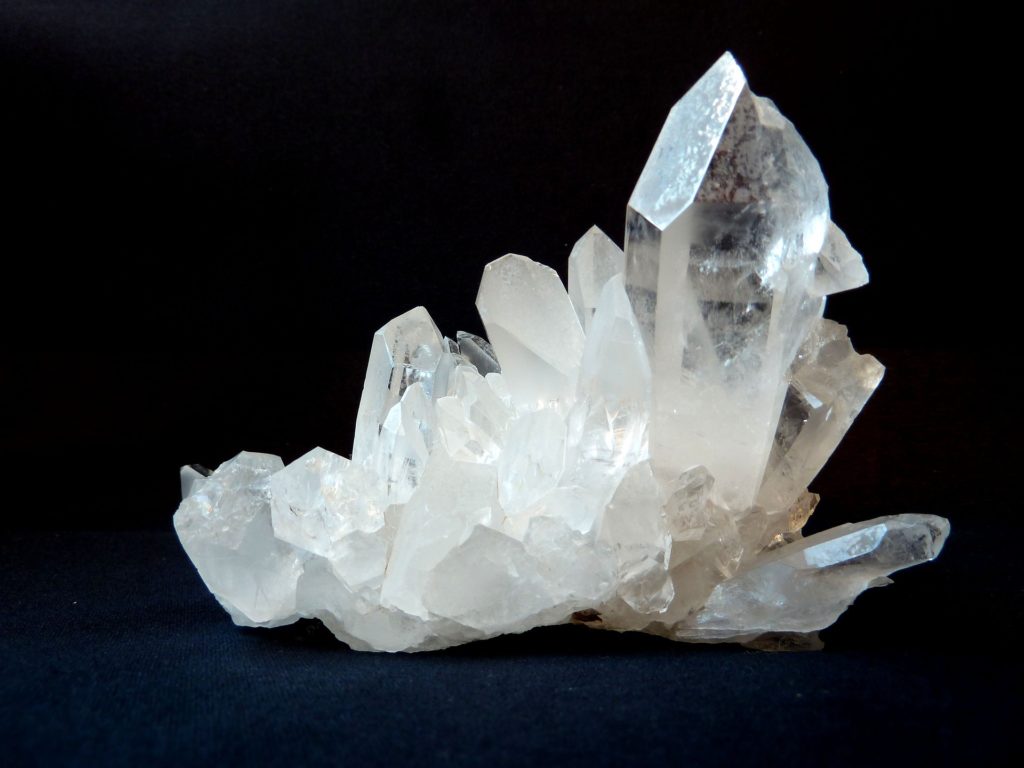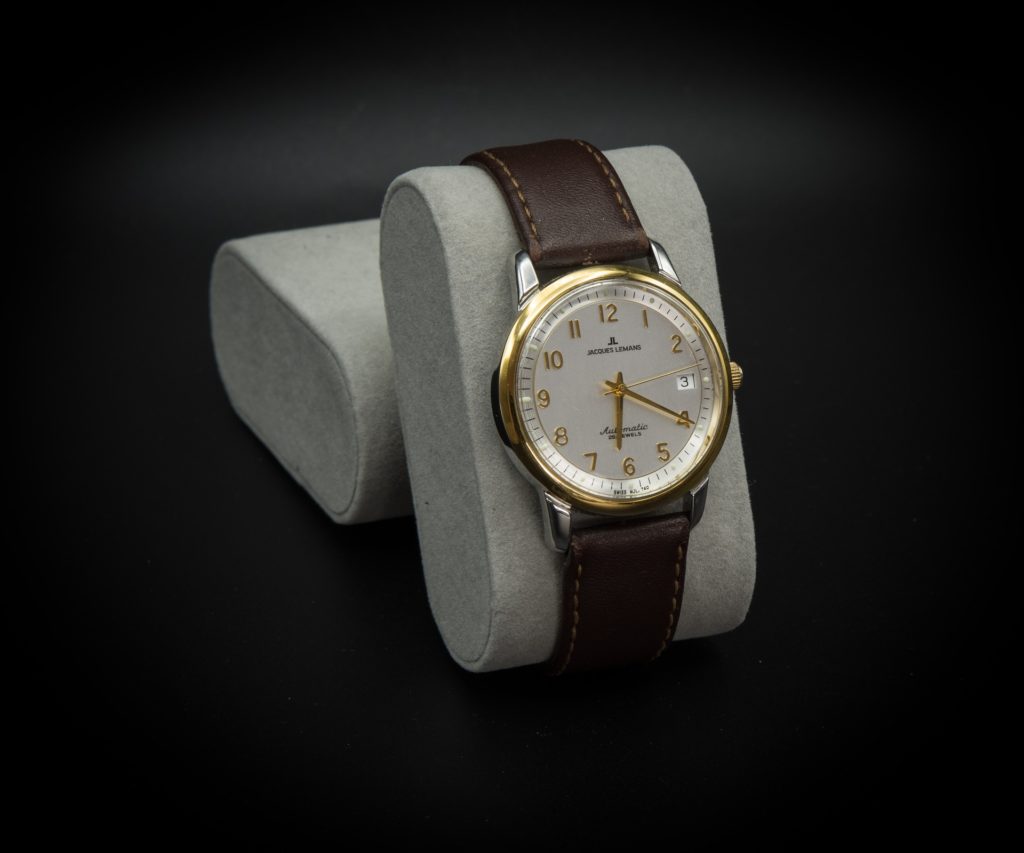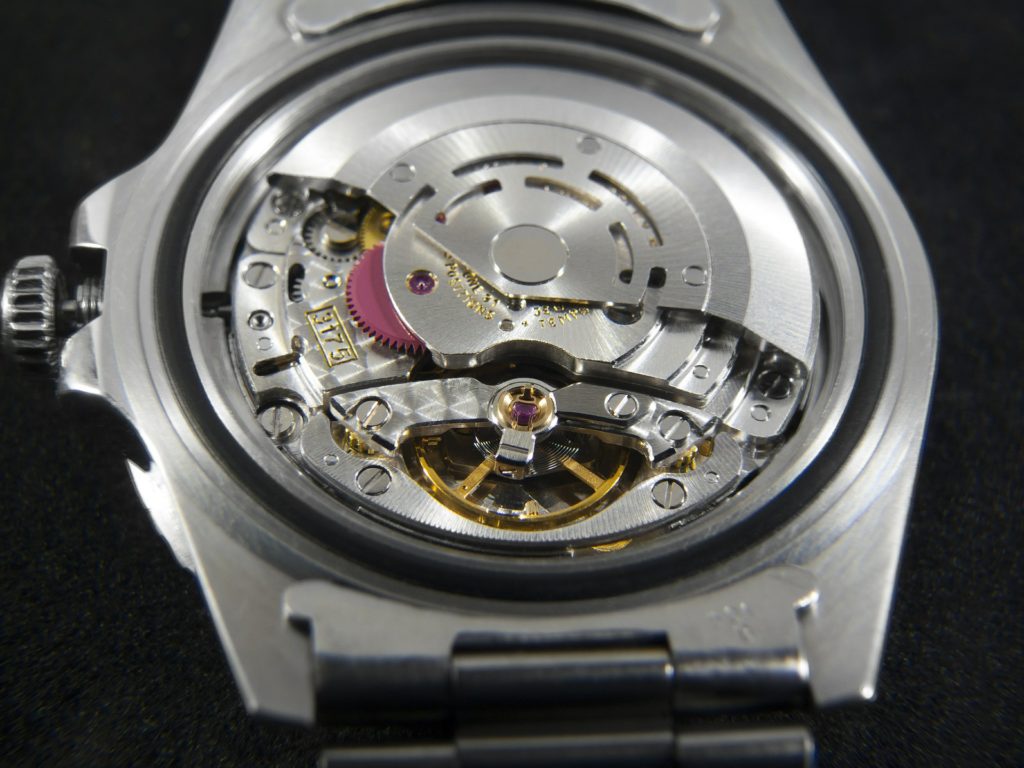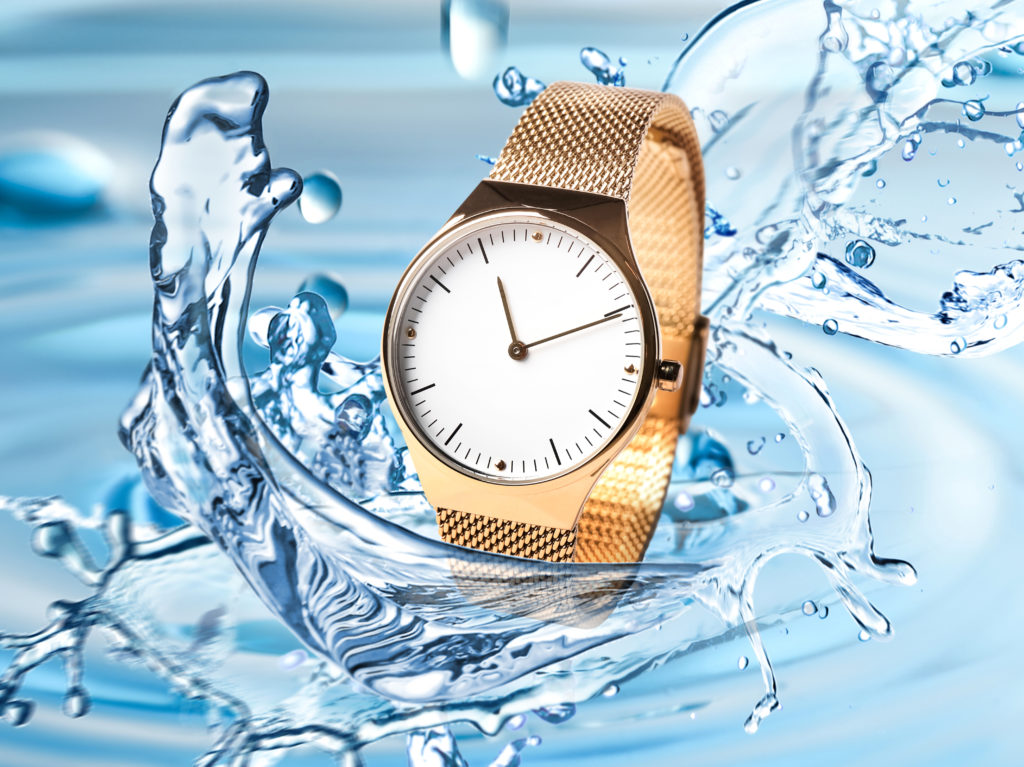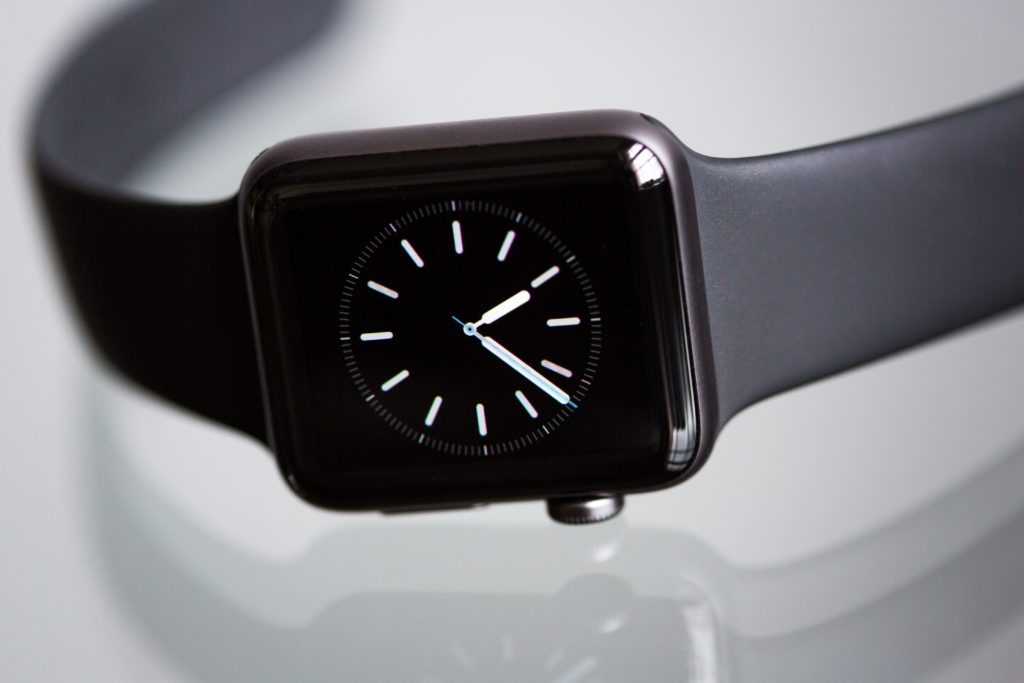Now you can listen to us read the article by clicking below!
Quartz watches are sold worldwide and are often preferred over other types of watches, primarily due to their superior accuracy and lightweight designs. But while the bulk of modern quartz watches are designed to operate for several decades, these watches aren’t immune to magnetic damage.
Quartz watches can be significantly affected by magnets. That’s because these watches contain metallic components, including an electronic oscillator and a microchip. When exposed to strong magnetic forces, quartz watches can begin to falter or even stop altogether.
While some of these parts might consist of non-magnetic metals (such as copper), others are more prone to magnetism. Read on to discover if quartz watches are affected by magnets and what you can do to protect your favorite timepieces.
Can Magnets Affect Quartz Watches?
Quartz watches contain magnetic components, most notably a microchip. Consequently, they’re susceptible to magnetization, something that can significantly impact their operation.
Not only do many quartz timepieces contain potentially magnetic metals, but they also have microchips. These utilize electromagnetic memory to perform specific functions, such as informing the electric step motor when to move.
When a microchip gets too near a strong magnetic field, the microchip’s natural magnetism can begin to reverse. This change can impact the small magnetic field produced by a quartz watch’s electric parts, potentially altering the current’s direction and shorting out the microchip or circuit.
Quartz Watches Rely on Quartz Stone
Quartz watches are timepieces that depend on small pieces of quartz stone to function correctly. In addition, these types of watches utilize an electronic oscillator to keep precise track of time.
Quartz watches (also called analog watches) differ from mechanical timepieces because they contain electronic components and quartz elements. Mechanical watches feature the more classic cogs-and-wheels mechanism, functioning via constant tension.
Unlike quartz watches, mechanical watches require consistent winding to remain accurate. Consequently, quartz watches are often far more popular, especially for use as wristwatches and portable clocks. But how do these watches work?
How Quartz Watches Work
Traditional mechanical watches are some of the most prized timepieces due to their intricate clock faces and classic style. However, they require constant upkeep and generally remain far less accurate than their quartz counterparts.
Clocks of the past relied on springs, cogs, and wheels to track the passing seconds. But for the better half of the last century, quartz clocks have been keeping time with the help of electronic oscillators, batteries, and tiny microchips.
Understanding how these components work together means taking a quick look at the anatomy of the standard quartz watch. Once you’re familiar with this watch type’s common parts and their specific functions, you can begin to understand how they work together.
The Anatomy of a Quartz Watch
A front portion of a quartz wristwatch is the watch face. This portion is typically encased in glass and houses the clock’s hands. But if you flip a watch over and open its back casing, you’ll discover the inner components that bring a timepiece to life.
Nearly every analog watch contains:
- A coin battery
- A microchip
- A quartz crystal electric oscillator
- An electric stepping motor
- Cogs and gears
Each component has a specific function or series of actions that keep quartz watches accurate and operational.
For example, the coin battery powers the internal microchip. This small microchip then activates the quartz crystal oscillator, causing it to vibrate. The microchip then interprets and converts these vibrations into electronic signals, sending them to the electric stepping motor.
The electric stepping motor uses these tiny bursts of electricity to move the watch hands in a steady, repetitive motion. As you might imagine, quartz watches depend on a steady flow of electricity to function.
Unlike traditional clocks and watches, quartz timepieces must also remain away from strong magnetic fields. Though their coin batteries aren’t magnetic, the microchip that powers most components is magnetized. Consequently, magnets can negatively affect these watches.
How To Protect Quartz Watches From Magnets
To prevent magnets from negatively impacting your quart watch’s timekeeping abilities, you’ll want to avoid placing your timepiece near magnetic items. But of course, this isn’t always possible.
Consequently, you may need to seek professional repair services to keep your quartz watch’s components appropriately magnetized and in excellent condition.
Avoid Placing Your Watch Near Magnetic Items
If you wear a quartz wristwatch, you may need to be mindful of the items you interact with while wearing it. Common magnetic materials can affect your wristwatch’s microchip, causing it to malfunction or power off.
Some of the most everyday magnetic items to be aware of include:
- Smartphones
- Laptops
- Audio speakers
- Door knobs and latches
- Debit and credit cards
- Metal surfaces
Generally, the most magnetic metals are iron, nickel, and cobalt. Therefore, any household objects or surfaces that consist of large quantities of these metals can also interfere with quartz watches.
Keeping your quartz watches in a dedicated storage container when not in use is a great way to prevent accidental magnetic interference. The best watch cases are made of non-magnetic materials like wood, leather, and plastic.
Seek Professional Repair Services When Necessary
Unfortunately, it’s not always possible to keep your wristwatch far from magnetic items and surfaces. If you notice that your wristwatch is no longer accurately keeping time, you’ll likely need professional repair services.
Of course, if your watch is older than 2 years, the battery powering it might be dead. After all, the average watch battery only lasts for between 2 and 5 years.
Fortunately, you can replace your watch’s battery without professional help by using a watch repair kit and a replacement coin battery. Of course, you’ll need to be careful when working on a quartz watch, as the parts are pretty small and intricate.
If your watch is still running or fast or slow after the battery is replaced (or it refuses to work at all), be sure to consider hiring a professional timepiece technician to re-magnetize the inner components.
Conclusion
Quartz watches rely on magnetic components to function correctly. Two of the most essential of these metallic parts are the microchip and electronic oscillator. Without these components, analog watches cannot accurately track the passage of time.
When exposed to magnets, these types of watches can begin to exhibit problems, such as running too quickly or too slowly. They can also cease to function altogether, necessitating professional repairs.
Sources
- Bloomberg: A Concise History of the Quartz Watch Revolution
- Education.com: What Happens to a Current-Carrying Wire in a Magnetic Field?
- Explainthatstuff.com: Quartz clocks and watches
- Federation of the Swiss Watch Industry FH: What is the lifetime of a watch battery?
- National Institute of Standards and Technology: The Accuracy and Stability of Quartz Watches
- Sciencing: List of Metals That Are Attracted to Magnets

